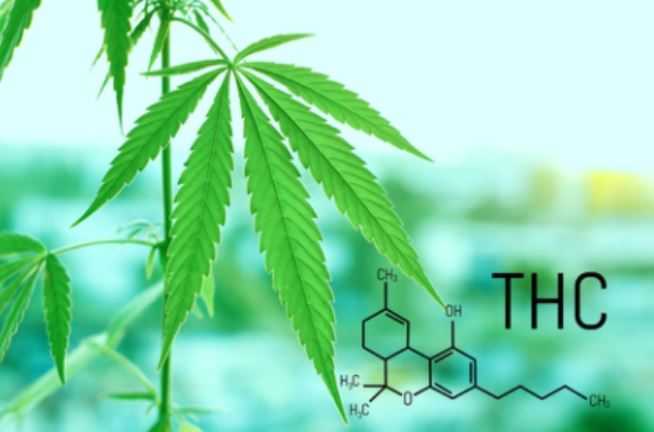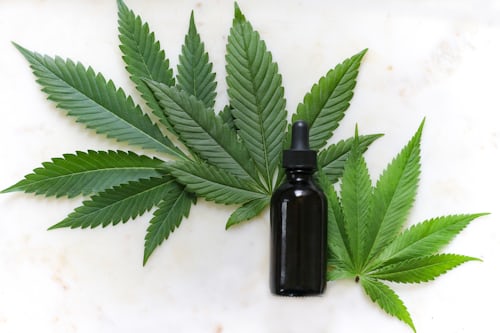What is THC? How does it work? Is it the same with CBD? Is it effective at treating pain? Moreover, is THC an equivalent as medical cannabis? These are just a few of the questions that folks have about this compound and the way it can benefit them. Likewise, it explains why there has also been an increase of cheap auto flowering seeds in the market, leading to more weed supply.
There is quite a lot of confusion within the general public about what exactly THC is, also as how it relates to medical cannabis and therefore the more well-known compound CBD.
What Is THC?
Table of Contents
THC stands for tetrahydrocannabinol. It’s one among the active compounds found in medical cannabis. It is liable for most of cannabis’s psychoactive effects. Different strains of medical cannabis contain different levels of potency. The quantity of THC present in medical cannabis strain will have a profound impact on how powerful the strain is and on the sort of psychological effects it induces.
THC is one among several compounds found within the resin secreted by cannabis plants from ethier sativa, indica or ruderalis strains . Other compounds, called cannabinoids, also are found within the resin. CBD is another popular cannabinoid we’ll have heard of. This compound is non-psychoactive, which suggests it doesn’t produce an equivalent effect on the brain as THC.
Is it The Same As CBD?
THC and CBD are both compounds found in medical cannabis. They’re the 2 most active compounds found within the cannabis plant. Moreover, the two biggest contributors to the physical and psychological effects of medical cannabis. They aren’t an equivalent thing, and that they have different effects.
THC and CBD both interact with the body’s endocannabinoid system, but they induce very different physiological and psychological states. While CBD mainly affects the body and creates a physically relaxed feeling, THC affects the mind and induces the psychoactive effects related to cannabis.
How Does It Work?
THC attaches to cannabinoid receptors within the brain. When THC binds to those receptors, it activates them, and this impacts memory, thought, emotion, concentration, and coordination. Also, THC can stimulate feelings of delight and euphoria, cause vivid hallucinations, and encourage novel mental associations. It also distorts sensory and temporal perceptions.
Is It Effective At Treating Pain?
THC is extremely effective at treating various sorts of pain. It does this primarily by activating cannabinoid receptors within the brain and throughout the systema nervosum , which has the effect of lowering pain.
The other way it reduces pain is by stimulating a psychoactive response within the brain. The euphoria, pleasure, distorted sensory and temporal perceptions, and hallucinogenic effects often stop the brain from specializing in pain, greatly reducing the patient’s awareness and knowledge of pain.
How To Consume?
There are several alternative ways to consume the compound. The foremost common way is to smoke it in a cannabis joint or pipe. The downside of this method of ingestion is that it’s related to various health risks caused by smoking. On the other hand, users can also buy grape ape feminized seeds for cultivation and extract its natural compound at the comfort of their home.
Other, healthier ways to consume the substance includes;
- vaping (dry herb and extracts)
- eating (infused gummies or candies, pastries and cakes, and meals)
- drinking (infused beverages and teas)
What Is The Ideal Dose Of THC?
Different strains of medical cannabis contain different amounts of THC. Also, the tactic of ingestion will affect the quantity of the substance released into the system. Furthermore, raw cannabis contains little or no active compound. However, because the compound only becomes effective once it’s been heated, which ends up within the activation of the compound— a process referred to as decarboxylation.
When smoked or vaped, the compound enters the bloodstream quite rapidly, and therefore the effects are felt almost instantly. When eaten, this substance takes tons longer to require effect, because it is processed by the liver first. In addition, this will mean that an individual must wait between half-hour and two hours after they have eaten medical cannabis-infused foods for the consequences of compounding to require hold.
The average recommended dose of the substance from edibles for a beginner or low-tolerance patient is 5–10 milligrams.
Microdosing THC
When considering the way to dose THC for medical cannabis, microdosing is usually recommended. This is often once we start small and work out high to a dose with the consequences we desire, like pain relief, but without a number of the side effects of upper doses of THC, like anxiety.
To microdose, all we would like to try to do is start with a little dose, as one hit from a vape pen. Wait a minimum of ten minutes and believe how we are feeling. If we think that we would like more, take another hit. Microdosing may be a good way to work out what dose is therapeutic for us.
What Do Higher Levels Of THC Mean?
The medical cannabis grown today is as potent as ever. In many strains of medical cannabis, potencies are often around 20 percent, with some whilst high as 30 percent. Considering that within the 1980s, the potency of cannabis was around two percent; this is often a reasonably big leap.
In low doses, it creates a euphoric state. If we’re taking an excessive amount, we’ll experience some negative side effects like anxiety and memory impairment. In fact, an excessive amount of THC can even mitigate the medicinal benefits of medical cannabis, so it’s important to know that less is certainly more when considering THC dosing for therapeutic and medicinal effects.
The Strains
Different strains of medical cannabis have different amounts of THC in them. Often, we merely have to ask the dispensary or us seed bank where we buy and what THC level it has upon harvesting if it’s not already clearly marked. If we get a strain with a high THC level and find that it’s not producing the specified medicinal effects, try a strain with a lower THC percentage or a better percentage of CBD. If we don’t feel any impact from what we’re taking, then that’s an honest indication that we should choose a strain with a better THC dose.
Can It Be Dangerous?
Like any compound , THC are often dangerous if abused or consumed in overly large quantities. A number of the possible side effects of consuming it includes;
- anxiety
- increased pulse
- increased appetite
- dry mouth
- amnesia
- inability to sleep or increased drowsiness
- exacerbated schizophrenic symptoms
- red and watering eyes
- loss of coordination
- slower reaction times
THC Level For Medical Cannabis
Levels are subjective. That’s because everyone reacts just a touch bit differently, making it a singular experience for every person. As long as we begin with a little dose and work our high, as discussed above, we’ll easily find the range that suits us best and helps to deal with our medical concerns.
Side Notes
Remember that different products can affect us differently, too. Edibles may produce a special reaction at a special level than medical cannabis that’s smoked. We ought to always read the label of any medical cannabis product we purchase to ascertain the recommended dose. Begin slowly with a quarter to at least one half the recommended dose the primary time we’re taking it and wait patiently for the consequences to kick in, bearing in mind that it can take up to at least one hour.
Bottom Line
While using the compound in moderate doses is typically safe and has many health benefits. In addition, it’s never advisable to work machinery or to drive a vehicle while under the influence of cannabis.





